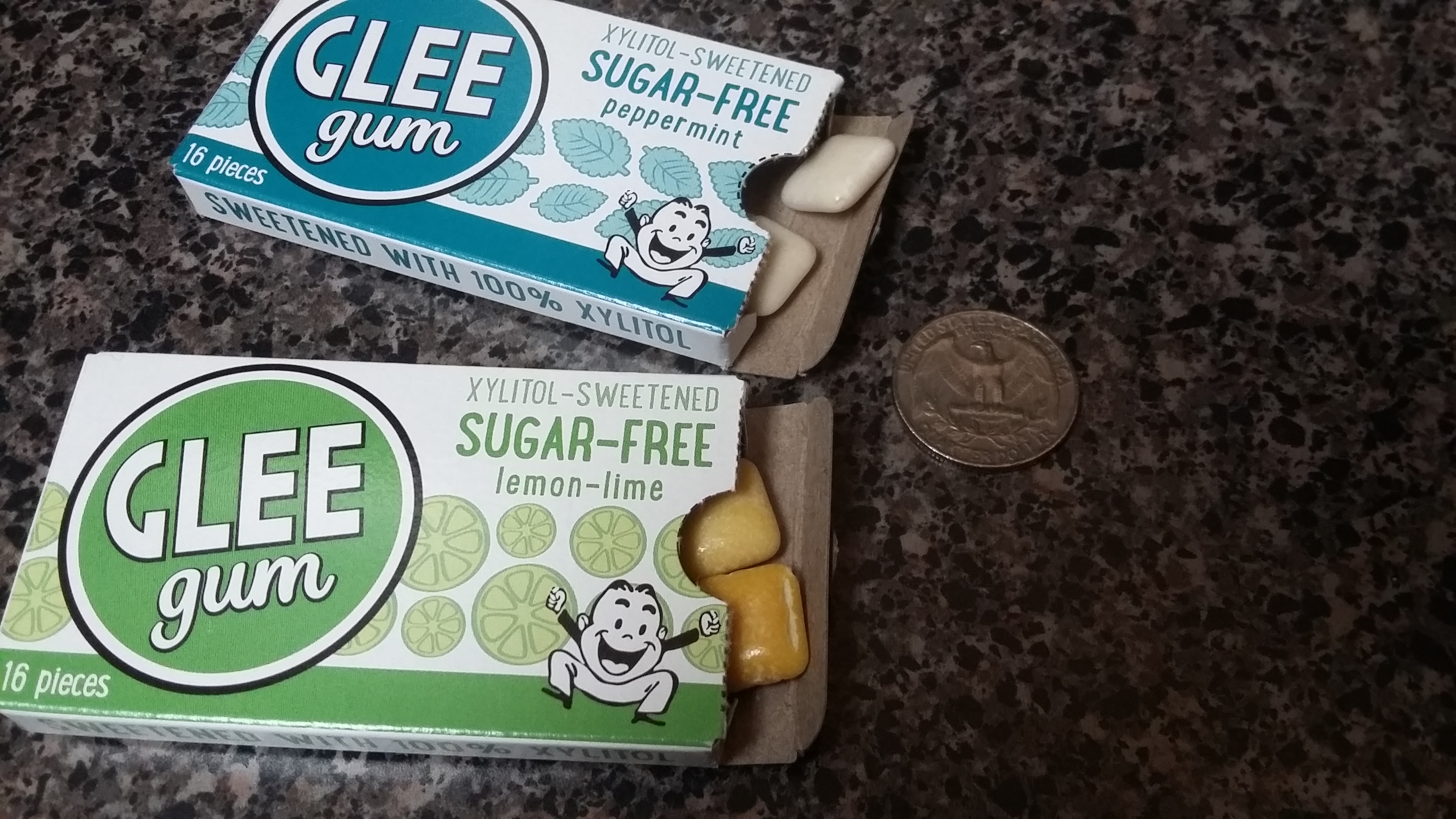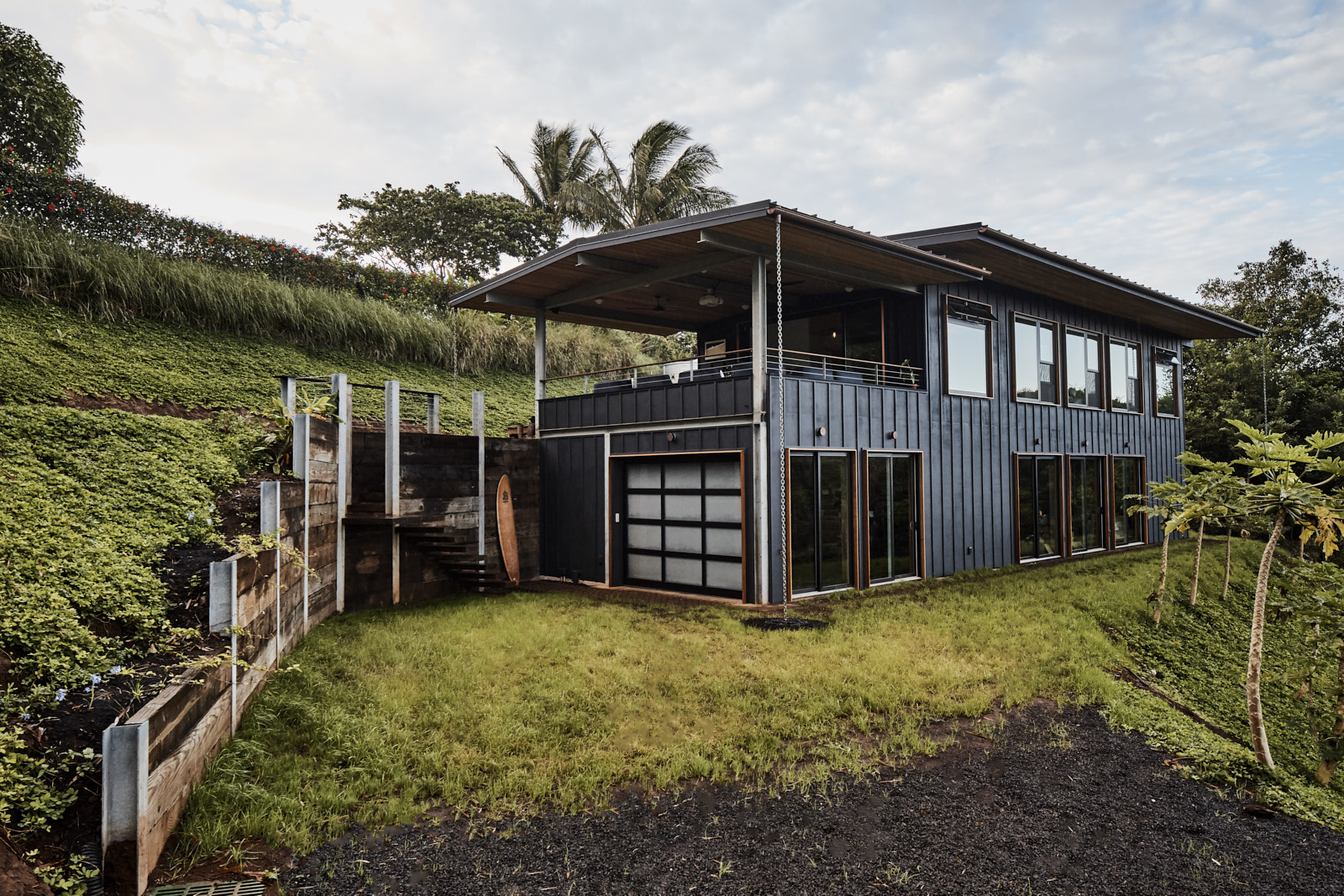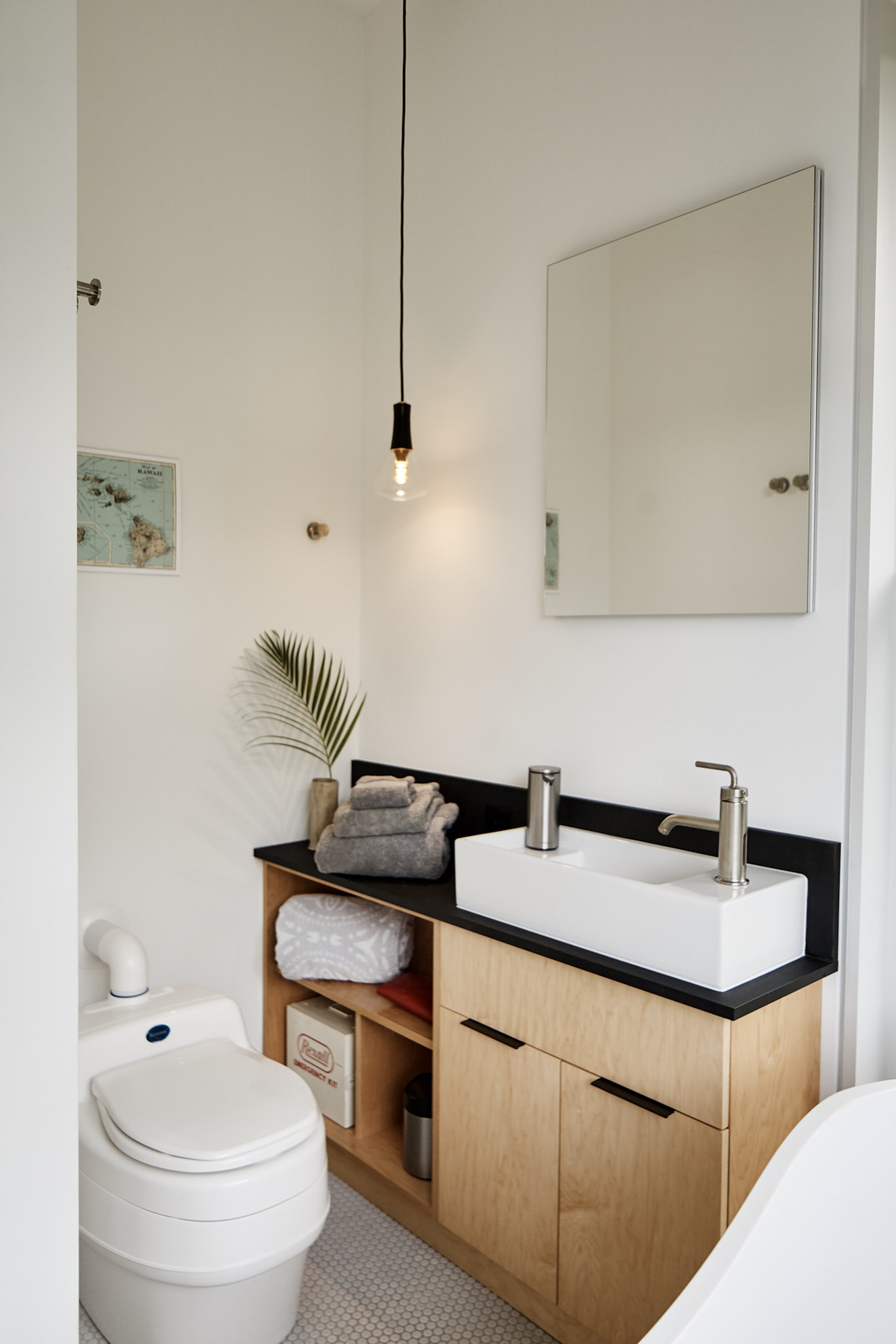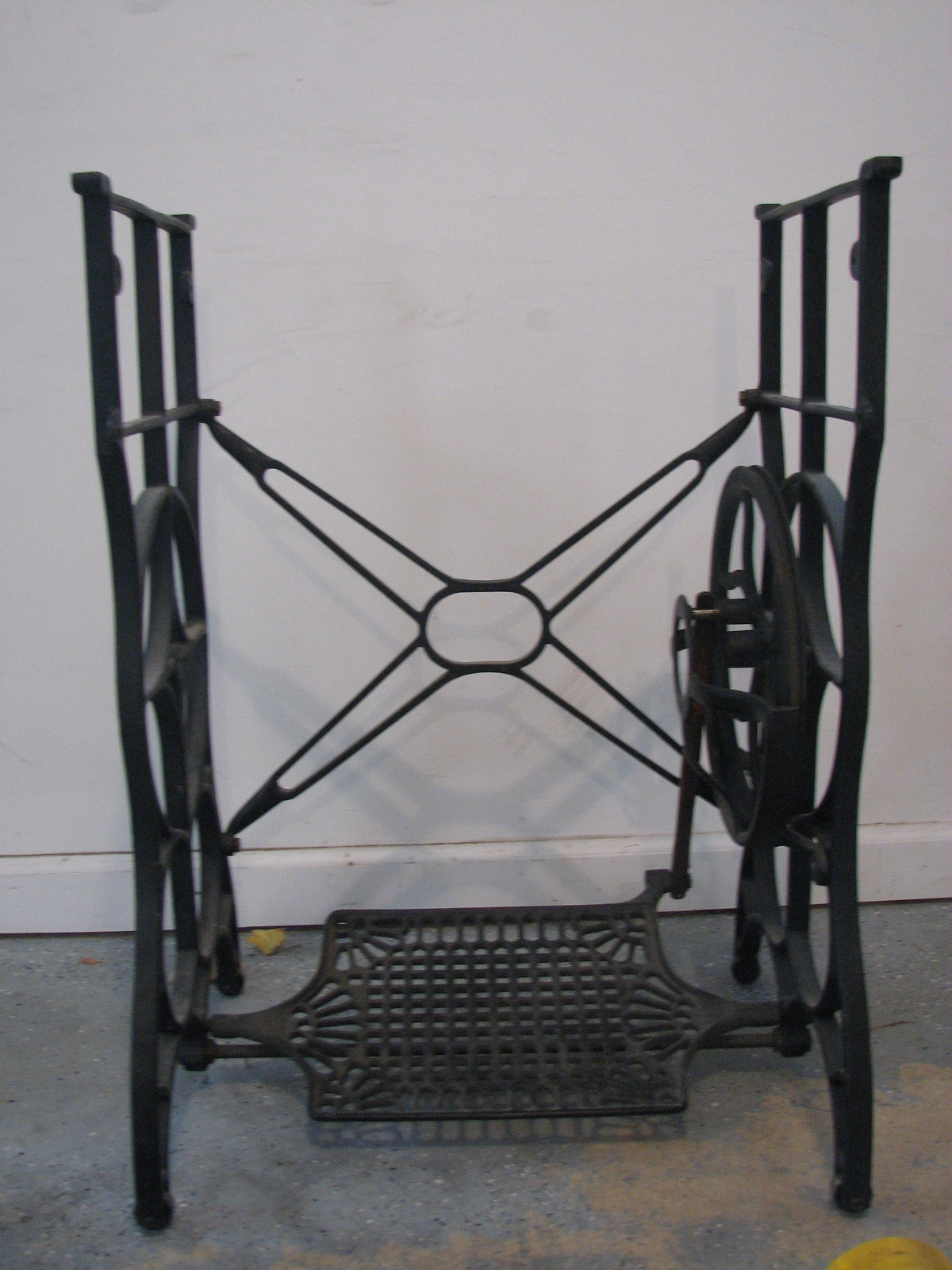Just a quick note that Solarpunk Station now has a resources page. I’ll be updating it periodically with various media that have a solarpunk or environmental angle to them.
Top Ten Recent Solarpunk Science Stories

I’m going to be on a panel about recent advances in science this weekend at JordanCon in Atlanta, so I thought I’d put together a quick Top Ten as I prepare. In no particular order, here are my selections for the Top Ten Recent Solarpunk Science Stories (2017/2018):
- Scientists Accidentally Create Mutant Enzyme That Eats Plastic Bottles
- Massive Iceberg Breaks off from Antarctica
- NASA Telescope Reveals Largest Batch of Earth-Size, Habitable-Zone Planets Around Single Star
- CRISPR gene editing moved into new territory in 2017
- Air-eating bacteria found in Antarctica
- LIGO and Virgo make first detection of gravitational waves produced by colliding neutron stars
- ETH zurich 3D prints a beating artificial heart
- ‘print your city’ initiative sees 3D-printed plastic bags become urban furniture
- ‘shoetopia’ project makes sneakers sustainable with biodegradable footwear, 3D-printed on demand
- Trump’s Solar Tariff is a Bad Idea
via Real Clear Science, Scientific American, COSMOS, Design Boom
Image: “A Touch of Science” by Mars P. via a CC BY 2.0 License
Glee Gum – A solarpunk gum?
As a solarpunk trying to reduce my impact, I’ve been looking for easy switches to more sustainable products. I chew a lot of gum, but when I started doing more research I found that most gums on the market contained plastics that don’t break down in the environment. While I’m not plastic-free, I wanted to find gum that tasted good and didn’t leave a permanent mark on the planet. Enter Glee Gum.

I found a store in town that had it and grabbed two different flavors to try: peppermint and lemon-lime. I stick to sugar-free as my teeth need all the help they can get, but Glee also makes sugar gum. Like most fruity gums, the lemon-lime loses its flavor pretty quickly, but the peppermint has better staying power.
Glee is a bit softer than the Trident White gum I’m switching from and it doesn’t end up getting super hard if you chew it for more than 30 minutes like the Trident did. The main disadvantage of Glee Gum is that it is a bit stickier than most mainstream gums. The advantage is not having to deal with empty blister packs of gum.

Glee Gum comes in either recyclable cardboard boxes, plastic pouches, or giant 400 piece tubes if you order it in bulk from their website. I decided to order a tube of peppermint from the website after my initial testing was complete. It was shipped in a cardboard box stuffed with newspaper. They even included a little sample of sugar-free watermelon gum! I was super-excited that all the packaging was recyclable and the cost per piece of gum is about the same as the Trident White I was getting at the grocery store, even when I include shipping costs.

Glee Gum Coupon CHEWMORE – Save 15%
Glee has an extensive “Learn More” section about how they make their gum here, and I think they’re making a great product in a really responsible way. You can find a local store that carries Glee Gum on their website, or get it on Amazon here. You buy it online from their store which I think is the only way to get the giant 400 piece tubes.
Do you chew Glee or know of some other good options for solarpunk gum? Sound off in the comments!
Re-purposing malls as solarpunk co-housing
One of the best ideas for solarpunk co-housing I’ve seen is Bluelightning42’s post about re-purposing malls on Tumblr. While there has been the mixed use redevelopment of the Arcade in Providence, Rhode Island, and NewLab, an incubator+housing in Brooklyn, I’ve seen little else done in regards to this concept.

Bellevue Square Mall courtesy of Debs (ò‿ó)♪
Business Insider ran a story last year as part of it’s “Death of Suburbia” series talking about the roughly 25% of shopping malls in the US at risk of closing. I think the main issue is that most malls aren’t in particularly easy to access areas, but with a large enough community, I think you could get a public transit stop (if there isn’t one already) and car-sharing to provide off-site transportation. If you want to see the really cool architecture in some of these malls, Seph Lawless has been getting amazing photos of abandoned malls.
Rezoning the mall (where needed) as mixed-use would allow some small stores on-site for groceries and other small items. I know that I would love to be able to just walk down the hall to grab some Swedish fish out of a bulk bin in the middle of the night (I’m so healthy). You could leave the food court going too with shared communal kitchens and restaurants run by the people living there.

Garden courtesy of cuprikorn
Most of the parking lots could be reclaimed as greenspace, leaving a small area for car-sharing vehicles and the bus stop. A community garden could spring up where there was once only asphalt. Depending on the bike infrastructure in your city, you might also be able to build spur trails from the mall to other interesting parts of town.
Most malls have some natural lighting, so why not make some of the skylights stained glass to keep up the solarpunk vibe? With the huge roofing area of a mall, you could generate power for residents by adding solar panels and small wind turbines. There might be enough area that you would qualify as a small-scale renewable power plant. I would want to update the HVAC system to heat/cool with a geothermal heat pump to maximize the efficiency of the building along with the other requisite insulation and lighting efficiency upgrades.

Stained glass in Kaohsiung City courtesy of MiNe
So, do you have any ideas about how a repurposed mall could be a great place to live? Are there any concerns that you have regarding the idea? Sound of in the comments and let us know!
Photos are from Flikr users under a Creative Commons License
- Prettyy!! Want! {Nature/ 1 of 3} by Debs (ò‿ó)♪
- MiNe-KissX_103-0082RG by MiNe
- Garden by Cuprikorn (this picture is under a different license: CC BY-NC-ND 2.0)
Solarpunk transformative living
Solarpunks should definitely check out LifeEdited, started by Treehugger founder Graham Hill. Their first prototype apartment was built in NYC to see how much life you could get out of a relatively tiny apartment. They managed to reduce their impact on the environment by fitting a 2-bedroom apartment with room to serve a dinner party of ten in a 420 square foot space!
After an even smaller second apartment, they’ve designed an entire off-grid house with solar panels, battery backup, composting toilets, and since it’s in Maui, plenty of room for surfboards. While all three projects had substantial funding, the underlying techniques used to enhance the spaces are applicable anywhere and and serve as a great inspiration on how to more efficiently use the space you have.
 LifeEdited Maui
LifeEdited Maui
All of the furniture in the apartments and house is multi-purpose. In a place like New York City, where price per square foot is so high, even for renting, the high price of a transforming Murphy bed/couch from Resource Furniture would quickly pay for itself, although if you’re more inclined to DIY, then you can find Murphy bed kits for $200-300 without the mattress.
Transforming tables and folding chairs are often easier and cheaper to get. We have a dining table with leaf that we can remove when we want to save space. This gives us enough room when family visits for eating, but the ability to have a smaller table when it’s just two or three of us. My parents have a gate-leg table for family visits with chairs that fold up and fit inside the table so it only takes a small amount of room unless needed. A gate leg table and a Murphy bed would be great if you like having friends over for dinner but live in a small space.

I shouldn’t find the composting toilet in the bathroom to be the most exciting feature, but I do.
Composting toilets eschew the current trend of flush toilets by treating waste in a waterless or low water manner, composting the waste instead of using clean water to flush it miles away to a treatment facility. I’ve mostly seen them used in off-grid cabins and tiny houses to date, but hope that systems with remote waste collection will allow for usage in more urban environments in the future. Especially in the U.S. where we treat all of our water to drinking water quality (a whole post in itself), using clean water to flush waste back to be treated again is just silly.
Do you have any cool pieces of transforming furniture? Have you used a composting toilet? Let us know about any pluses or pitfalls below, and thanks for stopping by!
via LifeEdited
Photographs by Shawn Hannah
A few Murphy bed DIY kits/plans (I have no affiliation with any of the following; just thought they might be helpful to start your search if you’re interested.)
- A Murphy Bed YOU Can Build
- Create-a-bed
- Easy DIY Murphy Bed
- How to Build a Side-Fold Murphy Bunk Bed
- Moddi Murphy Bed Kit
- Rockler Murphy Bed Kits
And a set of plans for a gate-leg table and chairs: http://woodarchivist.com/3259-folding-table-chairs-set-plans/
Solarpunk, taxation, and universal basic income

Universal Basic Income (UBI) is one of the big ideas I’ve seen floating around the solarpunk community. To learn more, I read some of the more scintillating chapters of Basic Income: A Radical Proposal for a Free Society and a Sane Economy, and apparently there haven’t been any studies big enough to see what the true impact of a basic income would be on society. The authors suggested that a good starting place would be a baby step toward UBI where everyone got a small stipend.
The Adam Smith Institute recently published a paper on the market case for UBI and outlined the reasons why people should be supporting a move toward UBI. One of the main reasons is mounting concerns over technological unemployment with the rapid rise of automation and AI-driven production. For instance, truck and taxi operators are expected to be displaced by autonomous vehicles in coming years. Many other jobs will be at risk as well as computer systems get better at taking over tasks once performed by humans.
One proposal that I’ve been following that was mentioned in the book was the Fair Tax (HR 25) which eliminates the Federal Income Tax and replaces it with a Federal Sales tax. Where this gets interesting is that as a function of switching to a Federal Sales Tax, everyone in the country is given a “prebate” to account for income disparity at the lower end. This could be considered a sort of light UBI as everyone in the country will get the same “prebate” regardless of their income.
Another bonus of the Fair Tax is that it is only implemented once on an item. Used items are not taxed meaning that we can incentivize conserving resources while giving us a nationwide test of how to implement a full-scale UBI.
Perhaps the best part is that the Fair Tax eliminates the IRS and the current loophole-ridden Federal Income Tax system. I think we all know that the current system has more than its fair share of problems. Every time a new tax “reform” bill is brought up in Congress, we see how much of a losing game the income tax system is.
The Fair Tax is not perfect, but it seems like a workable solution with widespread existing support in the US Congress. More information is available about the Fair Tax at http://fairtax.org/faq.
Sound off in the comments if you think UBI is the way of the future or if you have any thoughts on the Fair Tax. Thanks for stopping by!
Some of the text for this article is recycled from my Tumblr post on the subject: https://solarpunk-gnome.tumblr.com/post/163921938517/taxation-and-solarpunk-a-few-thoughts
Image is “Taxes” by 401kcalculator.org via a Creative Commons license.
A human-powered modular tool station
Solarpunk is about being friendly to the environment, so I’ve been thinking a lot about areas where human power could be used instead of electricity. I drew up this (very) quick sketch of a modular table that could accept a wide range of tools. It’s based on the old treadle sewing machines, but I think it could also use more conventional bike parts and be pedal powered. I’m not sure what the advantages are of treadle vs pedal, so if anyone knows why the old sewing machines used that system instead I’d be very curious to know!

A rough idea of a human-powered (treadle or pedal) modular system

Treadle sewing machine. The sewing machine folds out from the center of the table when needed.
Caleb Spears from Portal Bikes said that Portal was using a modified cottered bottom bracket spindle to drive the attachments for their system. I think using a similar setup would be beneficial when building the table since tools could then be interchangeable between both systems. Caleb mentioned that the Portal Bikes usually have one person pedaling and one person operating the tools. Having a PTO hookup on either the inside or outside of the table to allow one-person operation of smaller tools and two-person operation of larger mechanisms would be ideal.

This is the spindle picture I was sent by Caleb at Portal Bikes
I think my next steps will be to make a mock-up of the system in LEGO to see if there are any obvious flaws with the idea. If you can find an old treadle base for a reasonable price, I think it would be a great starting point for a full-sized prototype.

Treadle base with no top
Be sure to sound off in the comments if you’ve ever used a treadle sewing machine or any other kind of human-powered tools! Thanks for stopping by!
Photo credits:
- Jim Hammer: “Singer Sewing Machine” (CC-BY-SA 2.0 license)
- Caleb Spear: Picture of Portal Bikes PTO Spindle
- gettheshot75: “Treadle Sewing base” (CC-BY-SA 2.0 license)
Solarpunk jobs webinar (updated)

If you’re looking for a solarpunk job, the Environmental Defense Fund (EDF) is running a webinar on March 1, 2018 to help you get the lay of the land. You can sign up here.
If you’re looking for more info on solarpunk jobs, check out my review of Green Jobs: A Guide to Eco-Friendly Employment.
UPDATE: In case you missed it, the webinar was recorded and is now on Youtube. You can view it here: https://youtu.be/WyRdhecH0X8.
Image is from EDF email about the webinar.
Solarpunk and how climate affects diet
Climate One is an excellent podcast put out by the Commonwealth Club of California on a weekly basis that I would recommend to all solarpunks. It features luminaries discussing the environment regarding our energy and water future. The most recent episode, “Climate on Your Plate,” is a remix of several previous episodes on the subject of climate change and our food systems.
One of the main takeaways that I think is surprising for most people concerned with environmental sustainability is that grazing animals can be an important component to sequestering carbon and rehabilitating our farmlands. Nicollete Hahn Niman, author of “Defending Beef,” points out that grazing animals have always been an integral part of the nutrient cycles of grasslands. Mismanagement of animal agriculture (see CAFOs) has played an important role in climate change and the reduction of ecosystem vitality in soils. While Kip Andersen, director of “Cowspiracy,” disagrees with the entire concept of animal agriculture, he and NRDC Food and Agriculture Director Jonathan Kaplan agree that eating less meat is a win for the planet.
While eliminating meat from your diet completely might be difficult or impossible based on a number of factors including health and social customs, Brian Kateman, President of the Reducetarian Foundation, suggests that everyone can lower their meat usage a little which can help the Earth a lot. One of the main tools towards this end is implementing “Meatless Mondays” where you eat no meat on Mondays and the rest of the week is up to you.
Also discussed is the role of GMOs and organic food in the development of sustainable agriculture. One of the main dangers of current commercial farming is the overuse of pesticides like glyphosate, a.k.a. Roundup. This often gets lumped in with the use of GMOs as many of them do currently come bundled with pesticide use (Roundup Ready), but GMOs are a technology that is unfairly vilified by many environmentalists. While the overuse of pesticides is dangerous, appropriate use of GMOs to reduce water and pesticide use in organic farming operations is possible.
TL;DR: Cows and GMOs aren’t the problem, the industrial food complex is. To learn more check out “Climate on Your Plate,” a podcast from Climate One.
KitchenMade Measuring Cups Review
 Solarpunk living includes a pretty strong waste reduction component as part of being environmentally conscientious. One of the simpler ways to reduce the amount of waste you generate is to cook your own food. While the greenest measuring cups are the ones you already have, if you are in need of a set, the KitchenMade Stainless Steel 6 Piece Stackable Set is the best I’ve come across. The measuring cups are each made from just one piece of stainless steel, so they are easy to clean and could be recycled if needed. Short of being hit by a truck, I don’t see how they would break and need recycling though.
Solarpunk living includes a pretty strong waste reduction component as part of being environmentally conscientious. One of the simpler ways to reduce the amount of waste you generate is to cook your own food. While the greenest measuring cups are the ones you already have, if you are in need of a set, the KitchenMade Stainless Steel 6 Piece Stackable Set is the best I’ve come across. The measuring cups are each made from just one piece of stainless steel, so they are easy to clean and could be recycled if needed. Short of being hit by a truck, I don’t see how they would break and need recycling though.

Besides their indestructibility, the best feature is the little indents on the sides for smaller measurements. For instance, the 1 cup also has gradations for 1/2 and 3/4 cups. This is great when you’ve been cooking a lot (Thanksgiving, anyone?) and your 1/2 cup is already dirty. The little gradations aren’t deep enough to trap anything from getting cleaned, and I usually just throw mine in the dishwasher. The only real downside to these measuring cups is that the labels for the gradations are written from the outside. Since the labels are stamped into the metal, you can see them from the inside, but you’ll need to read backward to know what the measurement is.

At the time of writing, the KitchenMade Stainless Steel 6 Piece Stackable Set is $23. There is also a combo of the KitchenMade measuring cups and measuring spoons available for $30.
